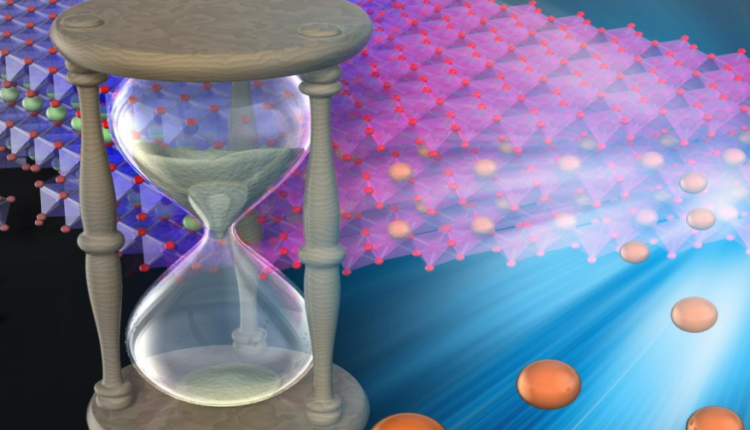
As battery-powered device use becomes increasingly commonplace, the push is on to replace Lithium-ion batteries with cheaper and safer sodium batteries. Sodium batteries cut costs and remove the possibility of ignition in transit since sodium batteries don’t have to retain a percentage of their charge to be recharged. But repeated cycles of charging and usage can significantly reduce the storage capacity of both Lithium and sodium batteries over time.
As current batteries charge and discharge, their layers of metallic materials degrade develop cracks or flakes known as stacking faults that reduce the batteries’ ability to store and deliver charge. These stacking faults occur because the material is held together by a weak force called the Van der Waals force, which is easily overwhelmed by the stress put on the materials during charging and use.
Engineers at the University of Tokyo have recently developed a material which could significantly extend the life of batteries and afford them higher capacities as well. If the battery is made with a model material—oxygen redox-layered oxide (Na2RuO3)—the degradation from charge and discharge cycles diminishes and the layers actually self-repair because oxygen redox-layered oxide is held fast by a force called coulombic attraction, which is far stronger than the Van der Waals force.
“This means batteries could have far longer life spans, but also they could be pushed beyond levels that currently damage them,” said Professor Atsuo Yamada of University of Tokyo, lead author of the study recently published in Nature Communications. “Increasing the energy density of batteries is of paramount importance to realize electrified transportation.”
Source: University of Tokyo
